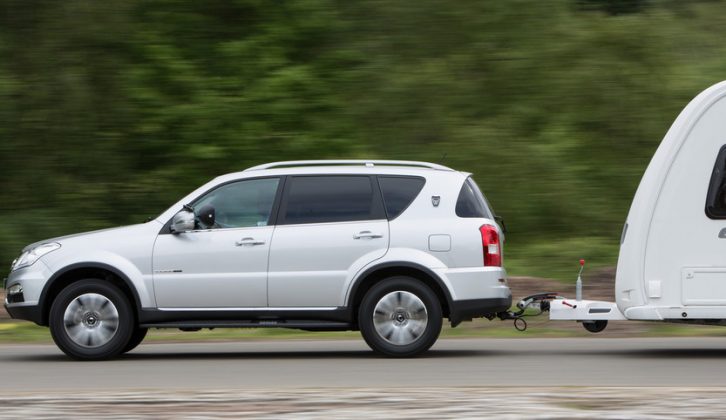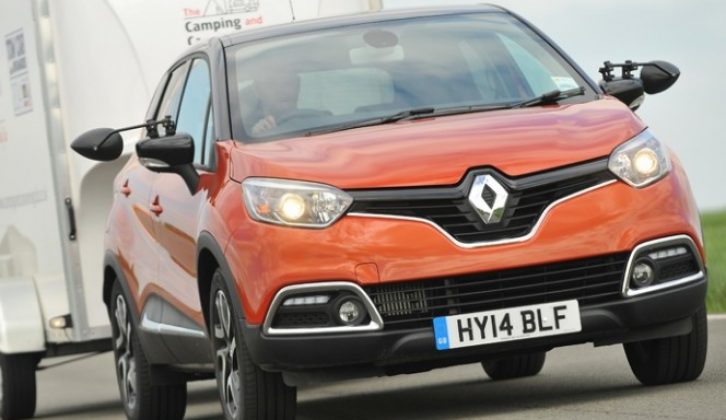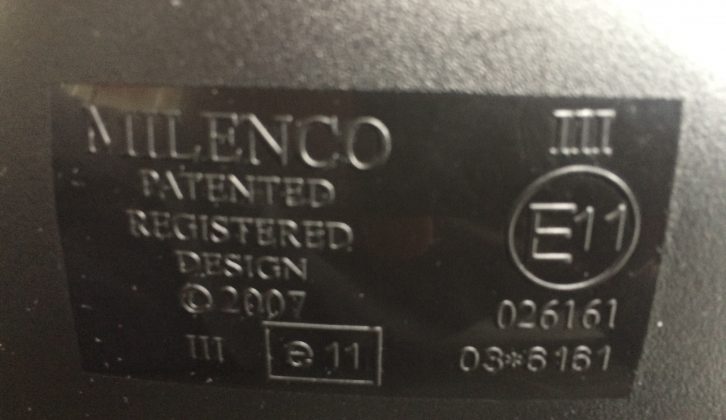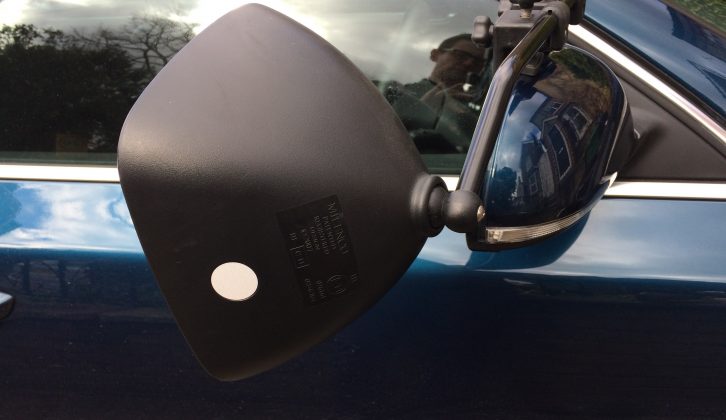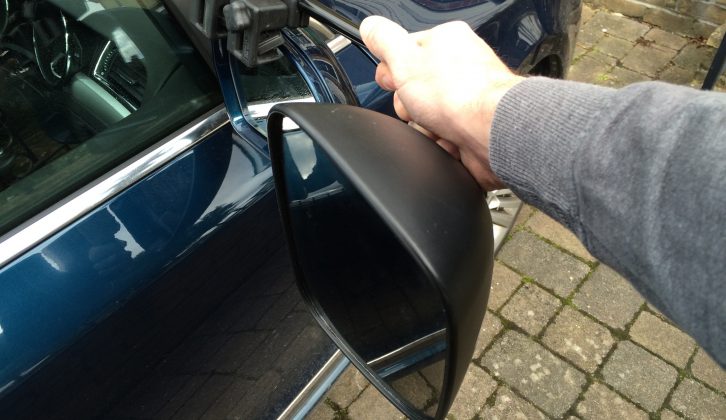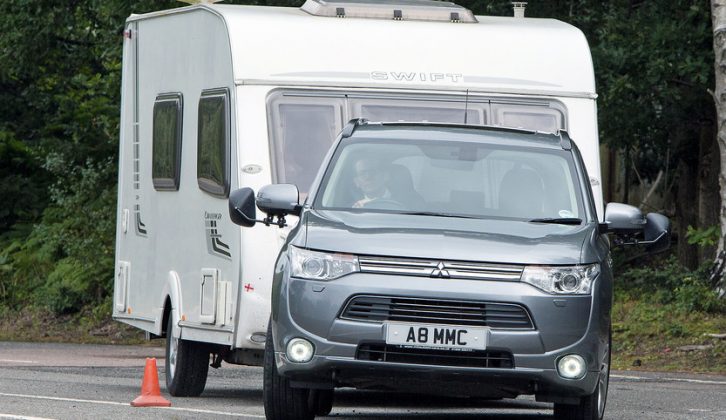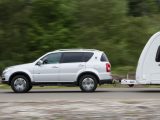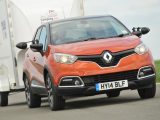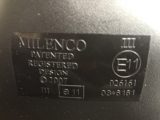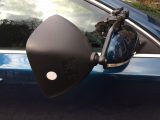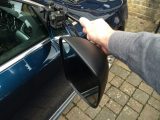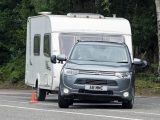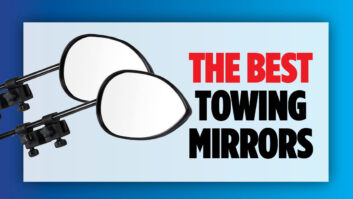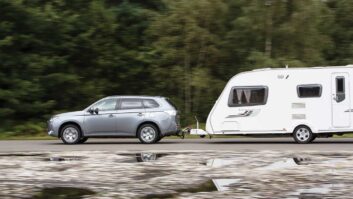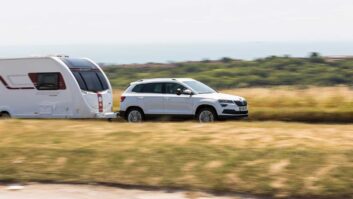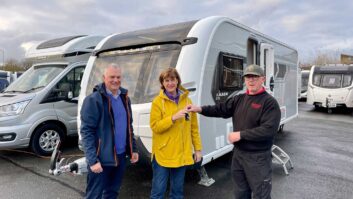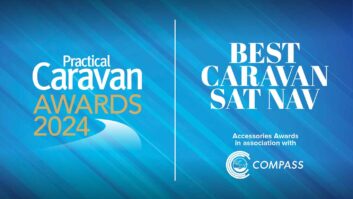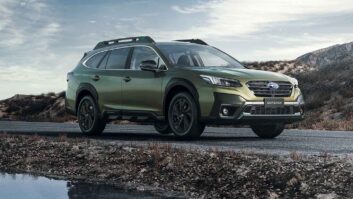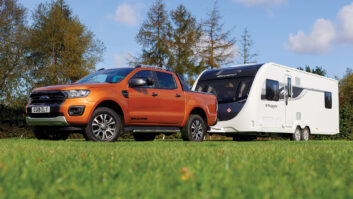Everyone loves to hate other drivers’ bad habits. Whether it’s tailgating, changing lanes without indicating or using fog lights in clear conditions, most of us have a pet peeve.
As a tow car driver, I get annoyed when I see people towing a caravan without extension mirrors. Whenever I overtake them on the motorway, I can tell they don’t know I’m there because I can’t see their mirrors until I’m close to the back of their van.
Perhaps these drivers sit in the inside lane to avoid overtaking, even if it means being stuck behind a slow-moving lorry. But even a caravanner who is happy to drive at the speed of the vehicle in front will need to change lanes eventually.
I can’t understand why anyone towing a caravan wouldn’t want to see what’s behind them. I’ve heard excuses about towing mirrors shaking and the view being blurred compared with a car’s side mirrors. But a crisp, clear view of the front of your caravan is not a lot of use when you need to see what’s behind and beside it.
Sometimes you see drivers with just one mirror on the driver’s side. This may help you pull out to overtake safely, but it won’t help you pull in, spot someone undertaking you, or notice a cyclist to the inside of your car and caravan.
This isn’t just me being curmudgeonly about other people’s driving. It’s about towing safely and staying on the right side of the law.
To avoid being pulled over and having your collar quite rightly felt, drivers must be able to see 20 metres behind them and four metres either side. Unless you are towing a tiny, narrow caravan with a wide car this makes towing extension mirrors a must for most caravanners.
Since 2010, it has been a requirement for caravan mirrors to be ‘e-marked’. This shows that the towing mirrors comply with EEC regulation 2003/97 or UNECE Regulation 46.01 or 46.02.
Check for an ‘e’ marked in the mirror housing. The number that follows indicates the country in which the mirror was tested. It doesn’t make any difference as to whether the mirror is legal, but ’11’ indicates the testing took place in the UK.
If the ‘e’ mark is lower case, look for a serial number beginning ’03’. This shows the mirror meets the 2010 EEC standard. If the ‘E’ is upper case, look for a serial number beginning ’02’. This shows the mirror has been approved to the UNECE standard. You may find mirrors marked with both if they have been approved under both regulations.
My preference is for large, almost rectangular mirrors which give a greater field of vision than a tear-drop shape. I’d always choose better vision over attractive design.
Then there’s the question of whether to use flat mirrors or convex. Some drivers hate the way convex mirrors distort images, but this shaping does increase the field of vision. Some experienced caravanners run a convex mirror on the driver’s side to maximise their view, but a flat mirror on the nearside for a clear perspective with no confusion over perspective. This really comes down to personal preference.
Before you buy, it’s worth checking the mirrors fit your car. Some modern vehicles have mirror housings with awkward shapes that don’t work well with screw-down clamps. If that’s the case, mirrors that fix on with straps fit more easily, but these can compromise the view through the cars’ own exterior mirrors. For that reason, I’d recommend a clamp-on attachment if it suits the shape of your car’s door mirrors.
Once you’ve chosen a legal pair of extension mirrors which fit your car, please do use them. (I’m sure most people reading this do already). They really are vital to your safety when towing.
Drivers must be able to see 20 metres behind them and four metres either side
